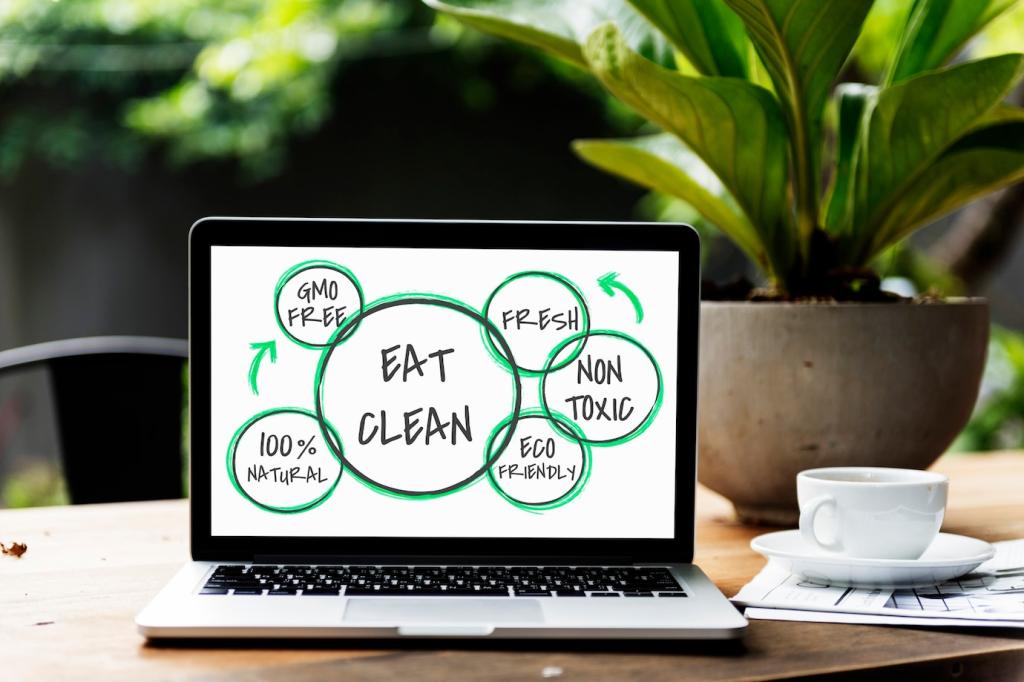Transparent Techniques That Build Confidence
Disclose affiliations, sponsorships, and limitations in the same size and tone as your main copy. Transparent and ethical copywriting means readers never have to hunt for footnotes or decode ambiguous phrasing about relationships.
Transparent Techniques That Build Confidence
Cite reputable studies, link to primary data, and name experts. When the evidence is easy to find, readers do not feel manipulated. Bookmark this page and share a favorite research repository we should include next.
Transparent Techniques That Build Confidence
Use action prompts that describe exactly what will happen next, without pressure or urgency tricks. Ethical CTAs respect autonomy, clarify outcomes, and allow readers to say yes because they understand, not because they felt pushed.
Transparent Techniques That Build Confidence
Lorem ipsum dolor sit amet, consectetur adipiscing elit. Ut elit tellus, luctus nec ullamcorper mattis, pulvinar dapibus leo.







